Abbott, J.H.M. (John Henry Macartney). 1908. The South Seas (Melanesia). With twelve full-page illustrations in colour by Norman Hardy, F.R.G.S. London: Adam and Charles Black.
- Available via Internet Archive at: https://archive.org/details/southseasmelane00hardgoog
"Autumn 2002 Marsupial of the Season: The Ring-tailed Possum (Pseudocheirus peregrinus)." The Marsupial Society of Australia. Retrieved on February 22, 2014.
- Available at: http://www.marsupialsociety.org/02au05.html
Bassarova, M.; Archer, M.; and Hand, S.J. December 20, 2001. “New Oligo-Miocene Pseudocheirids (Marsupialia) of the Genus Paljara from Riversleigh, Northwestern Queensland.” Memoirs of the Association of Australasian Palaeontologists 25:61-75.
Boddaert, Pieter. Table des planches enluminéez d'histoire naturelle de M. D'Aubenton: avec les denominations de M.M. de Buffon, Brisson, Edwards, Linnaeus et Latham, precedé d'une notice des principaux ouvrages zoologiques enluminés. Utrecht: [s.n.], MDCCLXXXIII (1783). Retrieved on February 22, 2014.
- Available via Biodiversity Heritage Library at: http://www.biodiversitylibrary.org/bibliography/39835#/summary
- Available via Internet Archive at: https://archive.org/stream/tabledesplanches00bodd#page/n5/mode/2up
BobinOz. February 26, 2010. "Possums and Opossums: America and Australia. All Explained." Retrieved on February 22, 2014.
- Available at: http://www.bobinoz.com/blog/4013/possums-and-opossums-australia-and-america-all-explained/
"Common Ringtail: Pseudocheirus peregrinus." Pp. 120-121 in Grzimek's Animal Life Encyclopedia, Second Edition. Volume 13: Mammals II, edited by Michael Hutchins, Devra G. Kleiman, Valerius Geist, and Melissa C. McDade. Farmington Hills, MI: Gale Group, Inc., division of Thomson Learning Inc., 2004.
Duff, Andrew; and Lawson, Ann. 2004. Mammals of the World: A Checklist. Yale University Press.
Flannery, Timothy F. 1994. Possums of the World: A Monograph of the Phalangeroidea. Chastwood, Australia: GEO Productions in association with the Australian Museum.
Gould, John. 1863. Mammals of Australia. Volume I. London: John Gould.
Kerle, Jean Anne. 2001. Possums: The Brushtails, Ringtails and Greater Glider. Sydney: University of New South Wales Australian Natural History Series. Retrieved on February 22, 2014.
- Available at: http://books.google.com/books?id=YDM0hjAwchUC&lpg=PT65&dq=Petropseudes%20dahli&pg=PT66#v=onepage&q=Petropseudes%20dahli&f=false
Lydekker, Richard. A Hand-Book to the Marsupialia and Monotremata. Lloyd's Natural History series. London: Edward Lloyd Limited, 1896. Retrieved on February 22, 2014.
- Available via Biodiversity Heritage Library at: http://biodiversitylibrary.org/page/15043787
McCarthy, Michael A., David B. Lindenmayer, and Hugh P. Possingham. "Assessing spatial PVA models of arboreal marsupials using significance tests and Bayesian statistics." Biological Conservation, Volume 98, Issue 2 (April 2001): 191–200.
Menkhorst, Peter; and Knight, Frank. 2001. A Field Guide to the Mammals of Australia. South Melbourne: Oxford University Press.
Meredith, Robert W.; Mendoza, Miguel A.; Roberts, Karen K.; Westerman, Michael; and Springer, Mark S. March 2, 2010. “A Phylogeny and Timescale for the Evolution of Pseudocheiridae (Marsupialia: Diprotodontia) in Australia and New Guinea.” Journal of Mammalian Evolution17(2):75-99. Retrieved on February 22, 2014.
- Available at: http://www.ncbi.nlm.nih.gov/pmc/articles/PMC2987229/
Nowak, Ronald M. 1999. Walker's Mammals of the World, Sixth Edition. Volume I. Baltimore: Johns Hopkins University Press.
Nowak, Ronald M. 2005. Walker's Marsupials of the World. Baltimore: Johns Hopkins University Press.
O'Shea, Amanda. 2012. Poppy and Max. lulu.com Publishing.
Pahl, L.I. 1984. "Diet preference, diet composition and population density of the Ringtail Possum (Pseudocheirus peregrinus cooki) in several plant communities in southern Victoria." Pages 252 - 260. In: A.P. Smith and I.D. Hume, eds., Possums and Gliders. Sydney: Surrey-Beatty and Sons.
Pahl, L.I. 1987. "Feeding-Behavior and Diet of the Common Ringtail Possum, Pseudocheirus-Peregrinus, in Eucalyptus Woodlands and Leptospermum Thickets in Southern Victoria." Australian Journal of Zoology, Volume 35 (Issue 5): 487-506.
Strahan, Ronald, and Pamela Conder. 2007. Dictionary of Australian and New Guinean Mammals. CSIRO Publishing.
Thomas, Chris. September 20, 2013. "Hot Spells Threaten Ringtail Habitat." Phys.org. Retrieved on February 22, 2014.
- Available at: http://phys.org/news/2013-09-hot-threaten-ringtail-habitat.html
Thomas, Oldfield. Catalogue of the Marsupialia and Monotremata in the Collection of the British Museum (Natural History). London: Taylor and Francis (by Order of the Trustees), 1888. Retrieved on February 22, 2014.
- Available via Biodiversity Heritage Library at: http://biodiversitylibrary.org/page/37986443
Troughton, Ellis. Furred Animals of Australia. With twenty-five plates in colour by Neville W. Cayley. New York: Charles Scribner's Sons, 1947. Retrieved on February 22, 2014.
- Available via HathiTrust at: http://catalog.hathitrust.org/Record/009085017
Welsh, Paul. 2002. "Pseudocheirus peregrinus: Common Ringtail (also: Queensland Ringtail) (On-line)." Animal Diversity Web. University of Michigan Museum of Zoology. Retrieved on February 22, 2014.
- Available at: http://animaldiversity.ummz.umich.edu/site/accounts/information/Pseudocheirus_peregrinus.html
Wilson, D.E.; and Reeder, D.M. 2005. Mammal Species of the World: A Taxonomic and Geographic Reference, Third Edition. Johns Hopkins University Press.


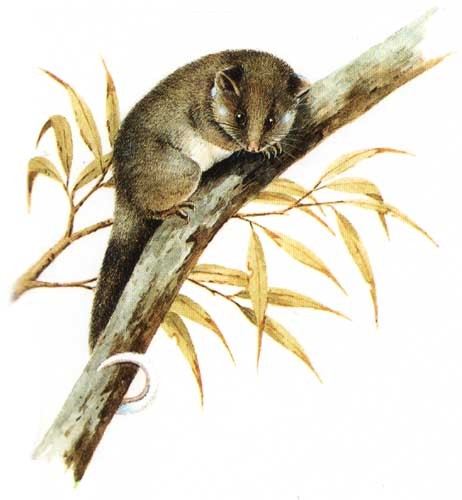
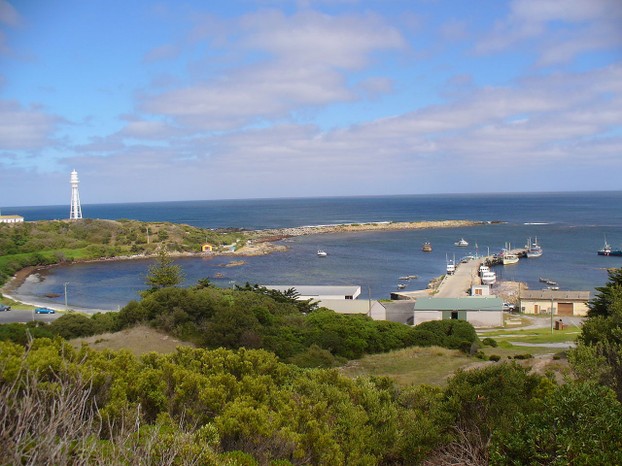
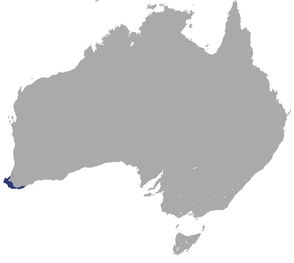
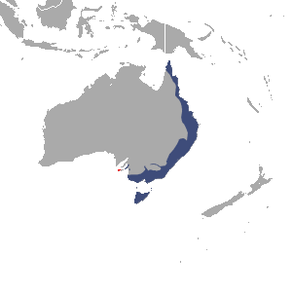

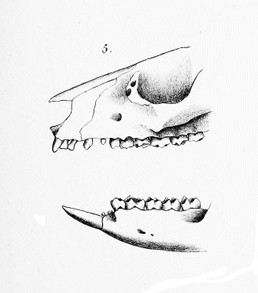
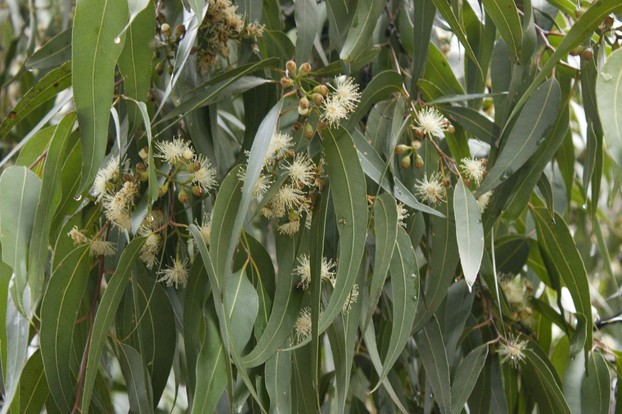
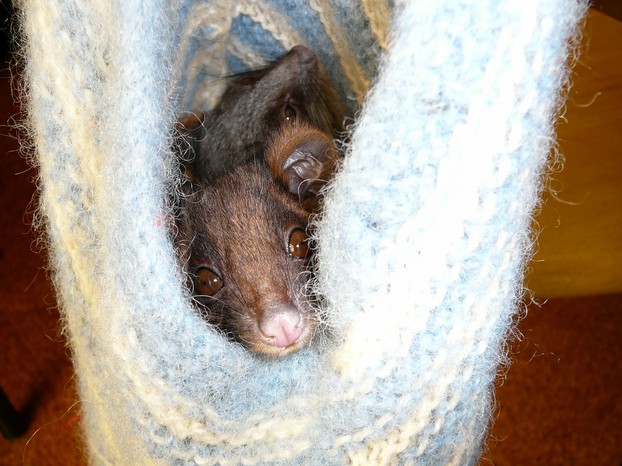

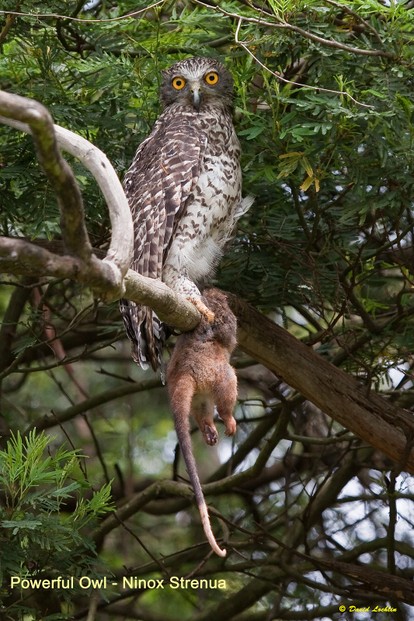
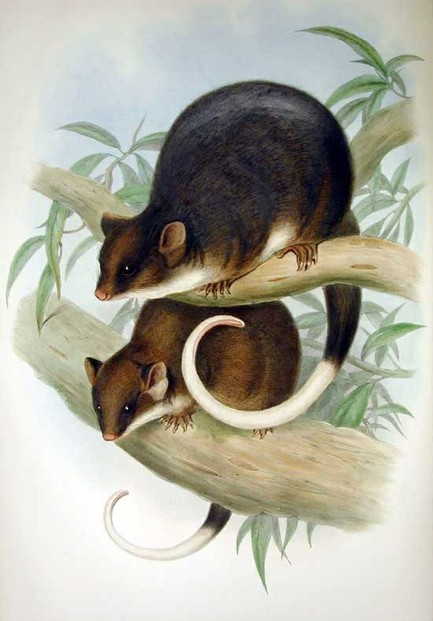
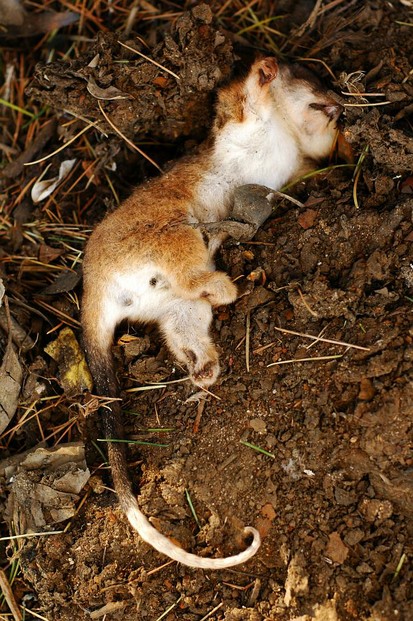
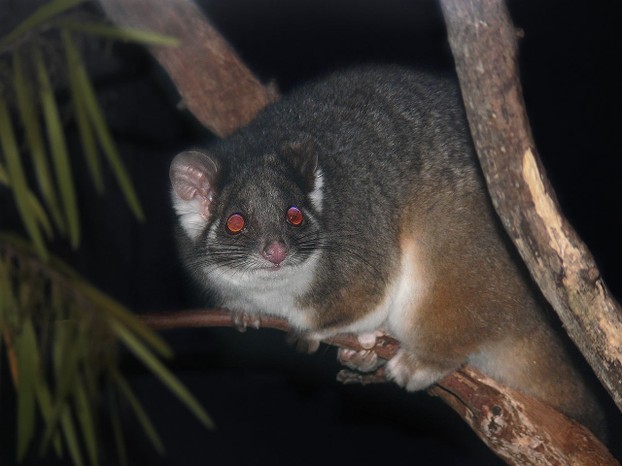






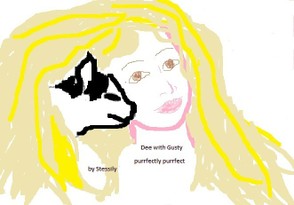
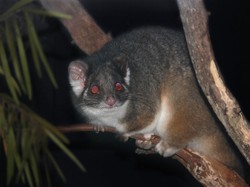

 Are Hawaiian Huakai Po Nightmarchers Avenging Halloween Thursday?on 10/02/2024
Are Hawaiian Huakai Po Nightmarchers Avenging Halloween Thursday?on 10/02/2024
 Mailing Addresses for 2023 Form 4868 Extending 1040 and 1040SR April 15, 2024, Due Dateon 04/15/2024
Mailing Addresses for 2023 Form 4868 Extending 1040 and 1040SR April 15, 2024, Due Dateon 04/15/2024
 Mailing Addresses for 2023 Forms 1040 and 1040SR Filed in 2024on 04/15/2024
Mailing Addresses for 2023 Forms 1040 and 1040SR Filed in 2024on 04/15/2024
 Mailing Addresses for 2022 Form 4868 Extending 1040 and 1040SR April 18, 2023, Due Dateon 04/13/2023
Mailing Addresses for 2022 Form 4868 Extending 1040 and 1040SR April 18, 2023, Due Dateon 04/13/2023

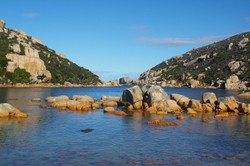
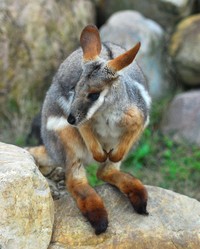
Comments
Common-ringtail possums achieve diving, swimming, underwatering fluency.
The above text, between the second-paragraph image about Tasmania's King Island and the third-paragraph image about common- and western-ringtail possum ranges, counts as common-ringtail possum home islands the following:
Bass Strait islands;
Coastal eastern Australia at New South Wales, Queensland, and Victoria;
Fraser Island;
New Guinea;
Tasmania.
Is it possible that the four subspecies interact in the water and on all the islands what with their impressive diving, swimming, underwatering skills?
The computer crashed afore I concluded the other component in the comment box immediately below, in answer to my previous observation and question.
Bootlebrush flowers, gum and tea-tree flowers and fruits and leaves and wattle flowers and leaves and pods and seeds deliver a delicious salad.
Mightn't wattle pods and seeds work wonderfully, wondrously as cooked, fried, grilled sides or as cooked, fried, grilled toppings refrigerated before worked into cool, fresh salads?
Library, museum and school displays always interest me as a way of informing others about our sentient creatures, such as common ringtail possums.
The displays perhaps look liveliest with lego or tinker-toy or plush toys of such sentient creatures as common ringtail possums.
It always matters to match them with their habitats and their predators and prey in what may muster up a model-train space and table.
It always pertains to provide such takeaways as common ringtail possum likenesses on carrying bags and shirts and as drinkable, edible snacks.
Common ringtail possums seek bottlebrush (Callistemon, Grevillea), eucalyptus, gum (Angophora, Corymbia), wattle (Acacia) and tea tree (Leptospermum).
So wouldn't bottlebrush flowers. gum flowers and fruits and leaves, tea-tree flowers and fruits and leaves and wattle flowers and leaves and pods and seeds work wonderfully, wondrously?
Wild sentients such as bears eat healthily and sensibly such nutritious drinks and eats as water and berries, fruits, honey, nuts and salmon.
Common ringtail possums likewise eat healthily and sensibly such nutritious drinks as nectars of bottlebrush (Callistemon spp, Grevillea spp), eucalyptus and gum (Angophora spp, Corymbia spp, Eucalyptus spp), oleander and wattle (Acacia spp), she-oak (Allocasuarina spp) and tea (Leptospermum spp) trees.
Mightn't it be celebratory of common ringtail possums and their environmentally-friendly, sustainable lifestyle to muster a meal of sweet drinks from bottlebrush nectar and of tempting teas from oleander and tea-tree teas?
Cat-family members have furry bodies head to tail, hairy ears and whiskered faces.
All that fur keeps them appropriately ventilated and warm throughout the year. All those hairy-ed ears let them locate and name sounds even as nose-area fur lets them locate and name scents. Whiskered faces let them look at spaces in terms of their exact depths and dimensions.
Common ringtail possums memberize the marsupial family even as they master all the above attributes.
Might both them and their feline-sentient relatives have hair inside their nose like some people?
Might it be possible that people with hairy ears, faces and noses master the above-mentioned attributes more so than their hairless or less hairy-ed counterparts?
Ringtail possums appear as so amenable to their counterpart articulation as plush toys.
In a home or museum -- children and/or grown-up ;-D -- setting, I imagine them in a learning-friendly setting of their favorite drinkable and edible sources as real or toy flowering, fruiting, leafing, nectaring Bottle brush (Callistemon, Grevillea); Eucalyptus and gum (Angophora, Corymbia, Eucalyptus); Oleander and wattle (Acacia); She-oak (Allocasuarina); and Tea tree (Leptospermum).
Might it not be environmentally, sustainably proactive to have a toy road with toy vehicles or a toy train station with toy tracks and trains, alongside of which a toy sign mentioning "Stop for common ringtail possums!"?
Ringtail possums draw me back again and again to the above images and information.
What is not to learn from, and like about, such a beautiful, environmental, intelligent sentient who makes native, natural vegetation feel -- ;-D -- so wanted at meal times?
VioletteRose, Widening the circle of acquaintances for Australia's ringtail possum is a pleasure.
Great to know about this animal, again something new for me!